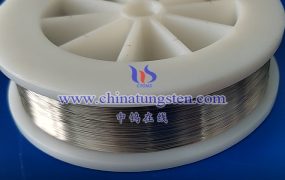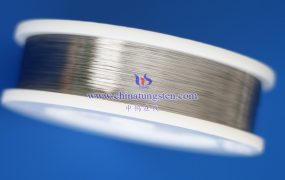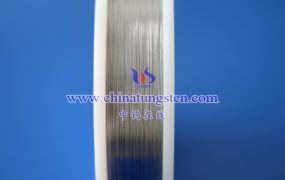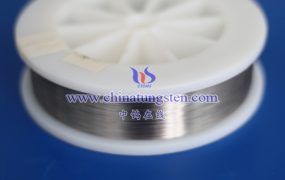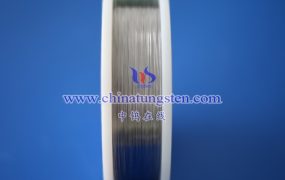Testing the melting point of tungsten wire can be achieved by the following methods:
- Direct heating method
Equipment preparation:
Prepare a heating device that can accurately control the temperature, such as an electric furnace, melting point tester, etc.
Ensure that the temperature inside the heating equipment is uniform to avoid measurement errors caused by temperature gradients.
Sample preparation:
Select a certain length of tungsten wire as the test sample to ensure that the sample surface is clean and free of oxide layer.
Fix one end of the tungsten wire on the bracket of the heating device, and the other end is freely suspended or fixed in an appropriate position.
Heating process:
Set the initial temperature of the heating device and gradually increase the temperature.
Observe and record the temperature point at which the tungsten wire begins to melt, that is, the melting point.
Precautions:
During the heating process, ensure that the heating rate is moderate to avoid measurement errors caused by too fast or too slow.
Keep a safe distance when observing to avoid damage to personnel and equipment caused by high temperature.
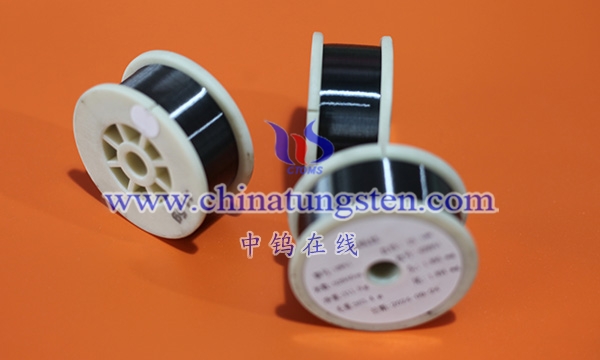
- Differential thermal analysis (DSC)
Principle:
Differential thermal analysis is a method to study the thermal properties of a substance by measuring the temperature difference between a sample and a reference material during heating or cooling.
When the tungsten wire begins to melt, an obvious endothermic peak will be generated, thereby determining its melting point.
Operation steps:
Put the tungsten wire sample and the reference material (such as alumina) into the differential thermal analyzer together.
Set the heating program, start heating and record the temperature difference data.
Analyze the data, find the endothermic peak of the tungsten wire melting, and determine the melting point.
Notes:
Ensure that the mass and heat capacity of the sample and reference are similar to improve the accuracy of the measurement.
Conditions such as heating rate and atmosphere should be kept consistent to avoid affecting the measurement results.
- Thermogravimetric analysis
Principle:
Thermogravimetric analysis is a method of studying the thermal properties of a substance by measuring the change in mass during heating.
When the tungsten wire begins to melt, its mass changes (such as mass loss due to evaporation or oxidation), and this change can be accurately captured by the thermogravimetric analyzer.
Operation steps:
Put the tungsten wire sample into the thermogravimetric analyzer.
Set the heating program, start heating and record the mass change data.
Analyze the data, find the mass change point of the tungsten wire melting, and determine the melting point in combination with other information.
Notes:
Ensure the stability and controllability of the atmosphere during heating to avoid the influence of interference factors such as oxidation on the measurement results.
The sample needs to be pre-treated, such as removing surface oxides to improve the accuracy of the measurement..
More details of tungsten wires, please visit website: http://tungsten.com.cn/tungsten-wires.html
Please contact CHINATUNGSTEN for inquiry and order of tungsten needles:
Email: sales@chinatungsten.com
Tel.: +86 592 5129595

